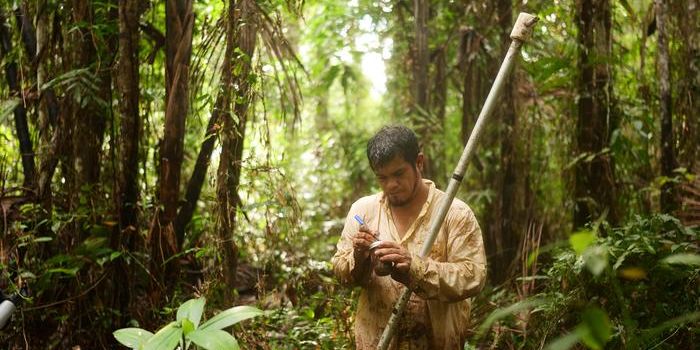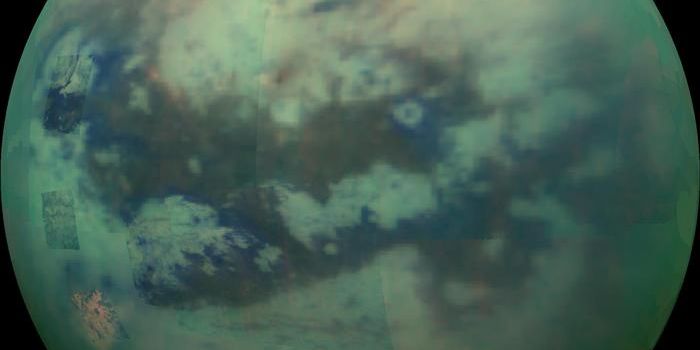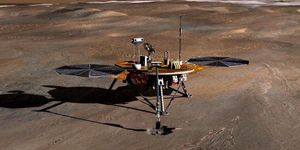Virtual reality & holograms will improve astronaut mental health during long-term space travel
Humans will be back on the Moon (Luna) within the next few years, and then on to Mars within the decade afterwards. We are destined to leave the confines of Earth and live among the stars, but the farther we venture out into the cosmos, there is increased risk in terms of astronaut health and safety. This inherent risk pertains not only to the physical health and safety, but mental health, as well.
Astronauts currently make enormous sacrifices being away from their families for trips to the International Space Station (ISS), which undoubtedly impacts their mental health. As humanity continues to venture farther away from Earth to Mars and beyond, this mental strain of being away from family and loved ones will undoubtedly increase.
While future astronauts on Luna are a mere three days away from Earth, astronauts going to Mars will endure a far riskier mission. With our current technology, the orbital positions of Earth and Mars need to be just right to reach either body in six months. However, this alignment only happens once every two years, which means future astronauts going to Mars might only need six months to get there, but they must wait another two years before they can make the return trip home. That’s a total of three years in space and away from your family and loved ones, which is enormous burden on anyone’s mental health. This makes the mental health of astronauts extremely important if they are to successfully vary out their mission and allow future missions to succeed, as well.
Zoom and video chat might be sufficient on the ISS and Luna, and while this might work in the short-term for future astronauts on Mars, those astronauts will undoubtedly experience a sort of cabin fever that previous astronauts have not experienced due to the three-year mission length. One solution to this might be with the use of virtual reality (VR) and holograms to help ease the burden of being away from Earth while giving the astronauts motivation to keep going.
Astronauts such as Apollo 14 astronaut, Edgar Mitchell, have reported life-changing experiences when seeing Earth from space: “You develop an instant global consciousness, a people orientation, an intense dissatisfaction with the state of the world, and a compulsion to do something about it. From out there on the moon, international politics look so petty. You want to grab a politician by the scruff of the neck and drag him a quarter of a million miles out and say, ‘Look at that, you s*n of a b*tch.’” Attempts have been made by the European Space Agency to recreate this feeling back on Earth by using VR headsets to visualize seeing Earth from space, but what if we used such technology to help future astronauts on Mars cope with being away from the Earth?
Along with visualizing the Earth from space, Mars astronauts could also use VR to visit various locales on the Earth, such as their family homes, museums, sporting events, and even religious services. While this is a far cry from the holodecks of the Enterprise-D, visiting these locations using VR will undoubtedly improve the astronauts’ mental health and allow them to stay focused on the mission.
Another way we can improve the astronauts’ mental health is through holograms, as recently demonstrated on the ISS using “holoportation” technology, which can possibly give future astronauts the ability to talk with families using special goggles. While also a far cry from Star Wars, holograms offer a unique opportunity to see family and loved ones in 3-D, as opposed to on a flat video screen.
What steps can we take to increase the mental health of astronauts on long-term space missions? Only time will tell, and this is why we science!
As always, keep doing science & keep looking up!
Sources: Science ABC, Space.com








